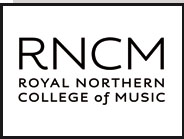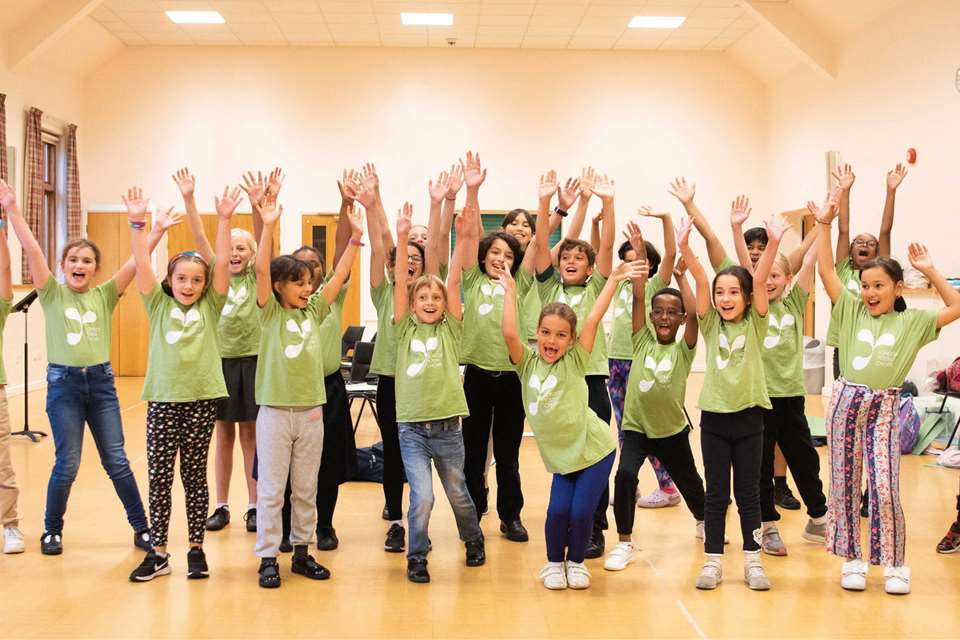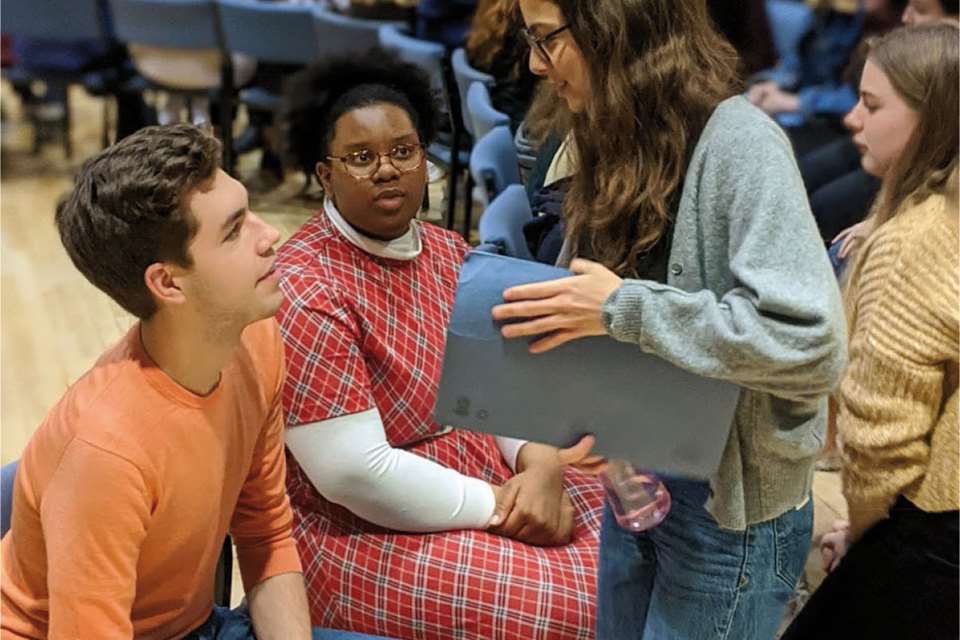Mental health and wellbeing column: PERMAnent wellbeing in times of uncertainty
Sara Ascenso
Tuesday, February 1, 2022
This month Dr Sara Ascenso, clinical psychologist, lecturer in musicians’ health and wellbeing at Royal Northern College of Music and learning support advisor at Trinity Laban Conservatoire of Music & Dance, demystifies the PERMA model of wellbeing.

MICHIRUKAYO/ADOBESTOCK
Figures from the Office for National Statistics are clear in evidencing the negative impact of the current pandemic on mental health in the UK. Studies focused on teachers tend to point to equally concerning trends. As we consider ways to optimally navigate this time of adversity, wellbeing models can offer us valuable frameworks. In what follows, we explore one of these models: the PERMA model of wellbeing, suggested by psychologist Martin Seligman. The acronym represents five pillars for wellbeing.
Positive emotion
The P stands for Positive emotion. This encapsulates a wide range of positive affective states including joy, serenity, hope, amusement, inspiration, awe, among others. Positive emotions change the way we process information, broadening our cognitive resources, allowing for greater intake of information and enhancing our capacity to think clearly and solve problems. They also impact a range of crucial outcomes such as physical health, immunity and longevity.
Boosting our experience of positive emotions does not mean we cancel the negative emotions that naturally accompany adversity. Both can co-exist. For sustained wellbeing, however, cultivating the former to ensure they outweigh the latter is particularly key. A practice receiving great attention in this pursuit is the appreciation of the goodness in our lives. Two decades of research have evidenced how cultivating gratitude leads to an unequivocal and lasting positive impact on wellbeing and this emerges as an especially valuable habit in times of adversity.
Focusing on the present moment is another way to help increase our positive emotions. This involves preventing our mind from wandering and placing our full attention on the experience of what is happening now, increasing our awareness and allowing more time to process the present. We can focus on what we need to take care of today. We can use an even smaller timeframe: what do I need to do in the next hour? As we slow down, we can also make sure we appreciate our moments of joy and contentment, no matter how small. By taking mindful pauses, noticing and savouring the present without rushing, we are giving our brain a chance to process them better, helping to elevate our mood.
Engagement
The second element of PERMA refers to Engagement, the psychological state in which we are immersed in a task, implying interest and intense involvement. An excellent way to ensure we boost our engagement is the identification and application of our character strengths (for a list of the 24 character strengths and a survey to assess them, visit www.viacharacter.org). There is extensive evidence on the association between strengths use and optimal functioning for both physical and psychological domains. The specific research trends among learning communities also highlight how knowing and employing one's strengths brings key wellbeing and motivational outcomes to both teachers and students.
Relationships
The third element refers to positive Relationships. This has been highlighted as the most vital of all PERMA components and the one through which all others are amplified. The belief that one is cared for, loved and valued is consistently presented as one of the most essential factors for wellbeing for people of every age and in every nation. Positive relationships have been linked with physical health, reduced psychopathology, health-promoting behaviours, resilience, cognitive functioning and even lower mortality risk and longevity.
Of all the areas disrupted by the current pandemic, our relational dynamics have unequivocally endured particular strain. This has been especially noted among our learning communities. Looking at daily opportunities for nurturing our relationships and developing new ways of connecting through this challenging phase of social distancing will be key as we aim to sustain our wellbeing. Intentionally engaging in acts of kindness and encouragement, sharing good news and celebrating successes with others are some of the habits that boost this component of wellbeing.
Meaning
The M stands for Meaning. In the context of this model, meaning refers to having purpose and a sense of belonging to something larger than the self. Recent research has highlighted how this stands as the highest of all PERMA components among professional musicians. Meaning can serve both as a protective factor during adversity (for example, for being linked with a greater use of effective coping strategies) and as an element to be discovered or enhanced in challenging times. Indeed, adversity can bring an opportunity to articulate some of our life principles and reflect deeply about what we value the most.
While there is evidence that most of us will experience resilience in stressful times, research has highlighted how very often we go beyond just ‘bouncing back’ and end up reaching levels of psychological functioning that are higher than before the adversity. This has been named post-traumatic growth. The figures vary across studies, but anywhere from one half to two-thirds of people who go through severely stressful events report that the crisis has led them to grow in areas such as: life appreciation, meaning and purpose in life, relationships, compassion and altruism, identification of new goals, awareness and use of personal strengths, spiritual development and creative expression. This has been evidenced, for example, following natural disasters, severe illnesses, terror attacks, and we are already also starting to see this in studies within the context of the pandemic.
The Japanese art of Kintsugi (‘golden joinery’) offers a rich metaphor. Kintsugi is the process of repairing damaged pottery by mending the broken areas with a glue that's dusted with powdered gold, silver or platinum. Breakage is treated as part of the history of objects and rather than hiding the cracks, they're transformed to enhance their beauty. The parts are skilfully joined back together and strengthened, resulting in a new piece that is more valuable than the original. Despite highly distressing, the season we are facing may simultaneously be remembered as a fertile time for growth and meaning, where we reconnected with what truly matters to us and strengthened key areas of functioning, both individually and collectively. As teachers, this may also be a time of fruitful discovery, an opportunity for pedagogical reconfiguration and development of innovative teaching and learning practices that will outlive this season.
Accomplishment
Finally, the A of PERMA stands for a sense of Accomplishment: making progress towards goals we value. Developing competence is indeed one of the basic psychological needs and thinking of ways to best advance towards meaningful goals will be key in sustaining our wellbeing as we continue to navigate the current pandemic. Goals direct our attention, mobilise our efforts, help develop new learning strategies and empower us through giving us a sense of control.
Although some of our plans may have been postponed by this pandemic, many of our goals aren't necessarily cancelled. What may have changed are some of the processes we need to put in place in order to achieve them. Besides setting outcome goals – what we would like to accomplish – we can find it useful during this time to focus especially on setting process goals (the steps needed to get there). Small process goals help us focus on what we need to do to reach the final outcome, one step at a time. Research has highlighted the benefit of maintaining both types of goals to sustain our motivation and sense of accomplishment. This may also be a time when our students experience particular struggle in maintaining a sense of accomplishment, and in which celebrating small-step milestones may be especially encouraging.
In summary, while the current season can bring high levels of distress and disruption to our learning communities, we may find it also rich in daily opportunities to cultivate the five wellbeing pillars proposed by the PERMA model. Ensuring ways to boost our positive emotional experiences, keeping engaged and using our personal strengths, nurturing relationships, re-connecting with what is most valuable to us and investing in making progress towards meaningful goals are practices worth attending to as we navigate these times of uncertainty.

References
Office for National Statistics [ONS] (2020). Coronavirus and the Social Impacts on Great Britain Data. Available at: bit.ly/3FuKtQJ
Seligman, M. (2011). Flourish: A visionary new understanding of happiness and well-being. New York, Atria.
Fredrickson, B. L. (2013). Positive emotions broaden and build. In P. Devine & A. Plant (Eds.), Advances in Experimental Social Psychology (Vol. 47, pp. 1–53). Academic Press.
Peterson, C., & Seligman, M. E. P. (2004). Character strengths and virtues: A handbook and classification. Oxford University Press and American Psychological Association.
Ascenso, S., Perkins, R., & Williamon, A. (2018). Resounding Meaning: A PERMA wellbeing profile of classical musicians. Frontiers in Psychology, 9, 1895.
Tedeschi, R.G., Shakespeare-Finch, J., Taku, K., & Calhoun, L.G. (2018). Posttraumatic growth: Theory, research, and applications (1st ed.). Routledge.







